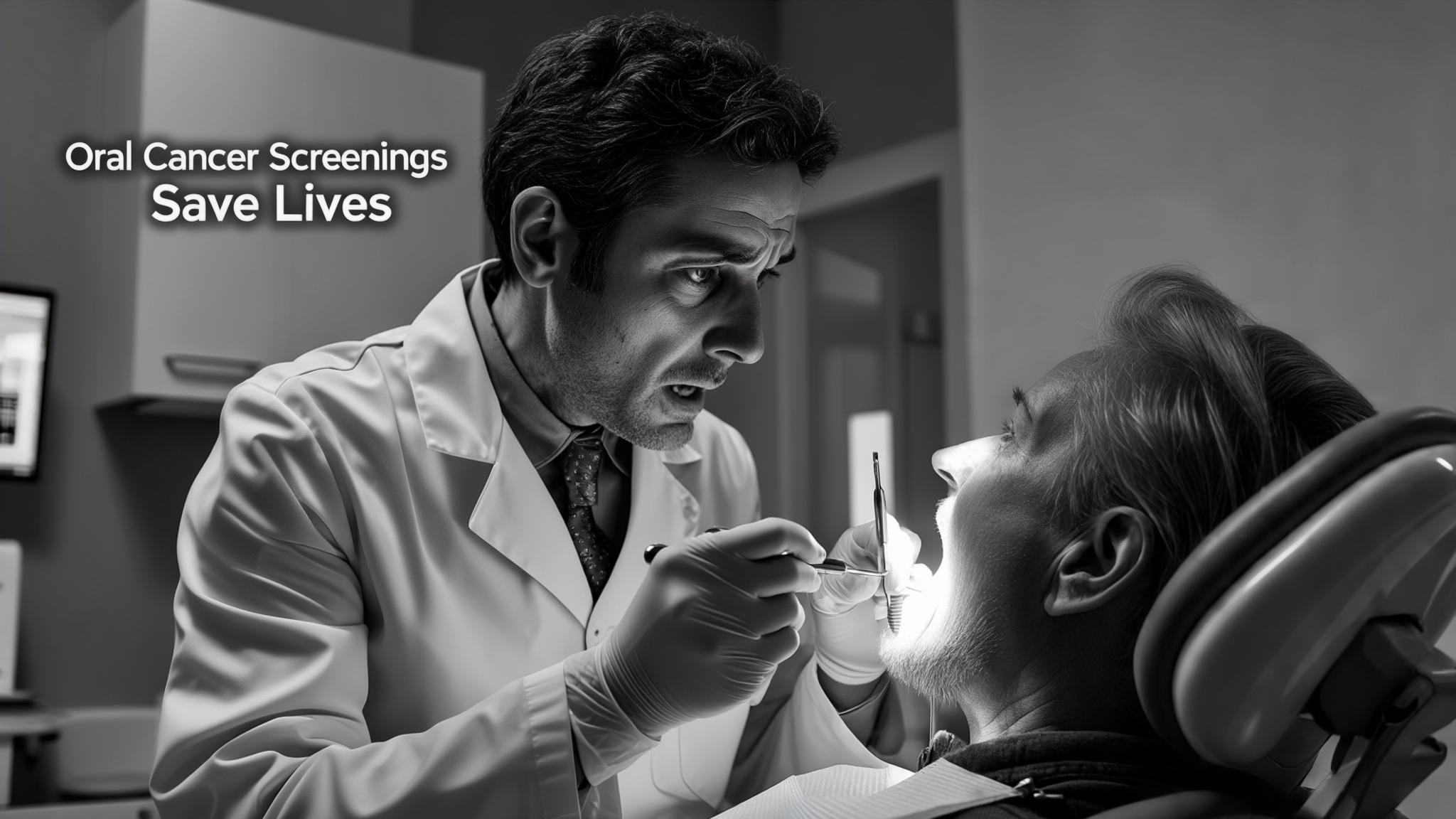Introduction
Oral cancer is a serious health condition that affects thousands of people worldwide. It refers to cancers that develop in any part of the mouth, including the lips, tongue, cheeks, and throat. Understanding oral cancer's prevalence and the importance of early detection can significantly improve patient outcomes. This article aims to highlight the critical role of oral cancer screenings in maintaining oral health and preventing severe complications.
Understanding Oral Cancer
Oral cancer encompasses several types, each affecting different areas of the mouth and throat.
Types of Oral Cancer
- Squamous Cell Carcinoma: This is the most common type, accounting for about 90% of all oral cancers. It begins in the flat cells lining the lips and inside the mouth.
- Oral Cavity Cancers: These include cancers of the lips, gums, tongue, and the floor of the mouth.
- Oropharyngeal Cancers: These occur in the part of the throat just behind the mouth, affecting the tonsils and base of the tongue.
Risk Factors for Oral Cancer
Several factors can increase the risk of developing oral cancer:
- Tobacco Use: Smoking or using smokeless tobacco products significantly raises the risk.
- Alcohol Consumption: Heavy alcohol use is another major risk factor.
- HPV Infection: Human papillomavirus, particularly HPV-16, is linked to oropharyngeal cancers.
- Sun Exposure: Prolonged sun exposure can lead to lip cancer.
- Age and Gender: Oral cancer is more common in older adults and more prevalent in men than women.
The Role of Oral Cancer Screenings
Definition of Oral Cancer Screening
Oral cancer screening is a routine procedure performed by dentists to detect signs of cancer or precancerous conditions in the mouth.
How Screenings Are Conducted
- Visual Examination: Dentists inspect the mouth for sores, white patches, or red patches.
- Manual Examination: They feel the tissues in the mouth for lumps or abnormalities.
- Adjunctive Diagnostic Tools: Tools like VELscope or brush biopsy may be used for further investigation.
Frequency of Screenings
The frequency of screenings depends on individual risk factors and age. High-risk individuals may require more frequent check-ups.
Importance of Early Detection
Early detection of oral cancer significantly improves survival rates. Statistics show that patients diagnosed at an early stage have a much higher chance of successful treatment compared to those diagnosed at a later stage.
Impact of Early Treatment
Treating oral cancer early can lead to better prognosis and less invasive treatment options. There are numerous case studies of individuals who have successfully managed oral cancer through early detection.
The Screening Process
What to Expect During an Oral Cancer Screening
- Patient History Review: Dentists will review your medical history and discuss any symptoms you may have noticed.
- Clinical Examination: A thorough examination of the mouth, throat, and neck is conducted.
- Follow-Up Procedures: If abnormalities are detected, further tests or a biopsy may be recommended.
Importance of Patient Involvement
Patients should be proactive in their oral health by performing self-examinations and reporting any unusual changes to their dentist.
Barriers to Screening
Despite the importance of screenings, several barriers exist:
- Common Misconceptions: Many people believe oral cancer only affects smokers or older adults.
- Lack of Awareness: Not everyone is aware of the importance of regular oral cancer screenings.
- Accessibility Issues: Geographical and financial barriers can prevent access to dental care.
- Cultural Factors: Cultural beliefs may influence attitudes toward seeking medical care.
Conclusion
Regular oral cancer screenings are vital for early detection and improving treatment outcomes. We encourage everyone to schedule regular dental check-ups and educate themselves on the risks and symptoms of oral cancer.
References
- American Cancer Society
- National Institute of Dental and Craniofacial Research
- World Health Organization
For further reading and understanding of oral cancer and screenings, consider exploring these resources.

